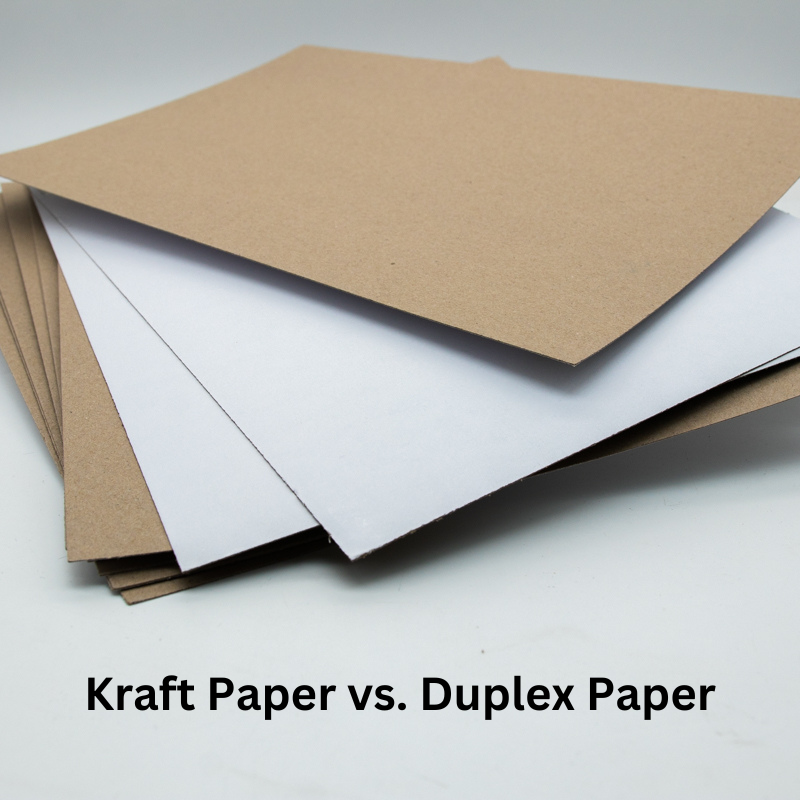Kraft Paper vs. Duplex Paper: Understanding the Difference

When it comes to packaging and printing materials, kraft paper and duplex paper are two popular choices with unique characteristics and applications. Understanding the differences between these two types of paper can help businesses make informed decisions regarding their packaging and printing needs.
Kraft paper, also known as sack kraft paper, is a durable and sturdy paper product known for its high tensile strength. It is manufactured using the kraft process, which involves the conversion of wood into wood pulp. This results in a strong, unbleached paper material that is ideal for packaging heavy goods, such as cement, chemicals, and animal feed. Kraft paper is also commonly used for making paper bags, wrapping paper, and as protective layering in various industrial applications.
On the other hand, duplex paper, also referred to as white back duplex board, is a type of paperboard with a duplex coating, typically composed of layers of mechanical pulp and recycled fiber. Duplex paper is renowned for its smoothness, brightness, and printing capabilities, making it an ideal choice for packaging materials, cartons, and boxes where high-quality printing is essential. This type of paperboard is often used for consumer product packaging, including food and beverage containers, pharmaceutical packaging, and cosmetic boxes.
One of the key differences between kraft paper and duplex paper lies in their composition and intended use. While kraft paper is valued for its strength and tears resistance, duplex paper excels in its printing surface and aesthetic appeal. Kraft paper’s natural, earthy appearance makes it suitable for industries that prioritize sustainability and strength, whereas duplex paper’s superior printing surface makes it a preferred choice for packaging that requires high-quality graphics and imagery.
Moreover, the environmental impact of these two paper types also differs. Kraft paper is typically unbleached and made from natural wood fibers, giving it strong eco-friendly credentials. In contrast, duplex paper often contains a layer of bleached fiber to enhance its printability, which may impact its environmental friendliness compared to unbleached kraft paper. Businesses that prioritize eco-friendly packaging solutions may find kraft paper more aligned with their sustainability goals.
Both kraft paper and duplex paper offer unique characteristics and advantages for various packaging and printing applications. Understanding the differences between these two types of paper can help businesses select the most suitable material based on their specific requirements, whether it involves strength, print quality, or environmental considerations. By choosing the right paper for the task at hand, businesses can optimize their packaging and printing processes while meeting their sustainability goals.

